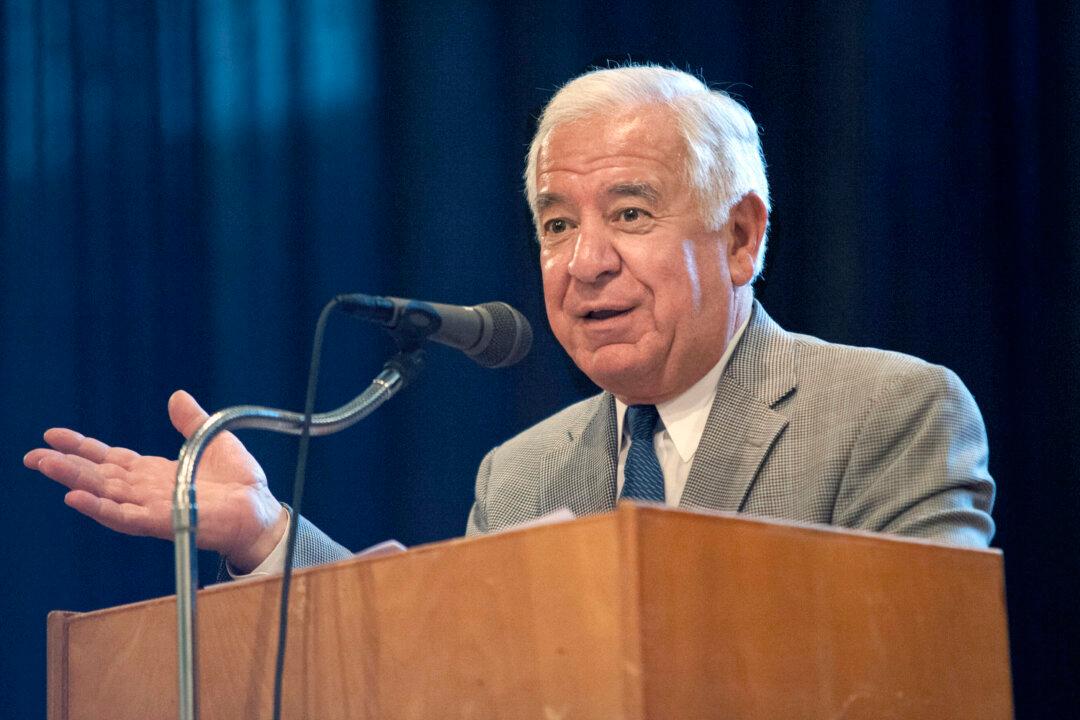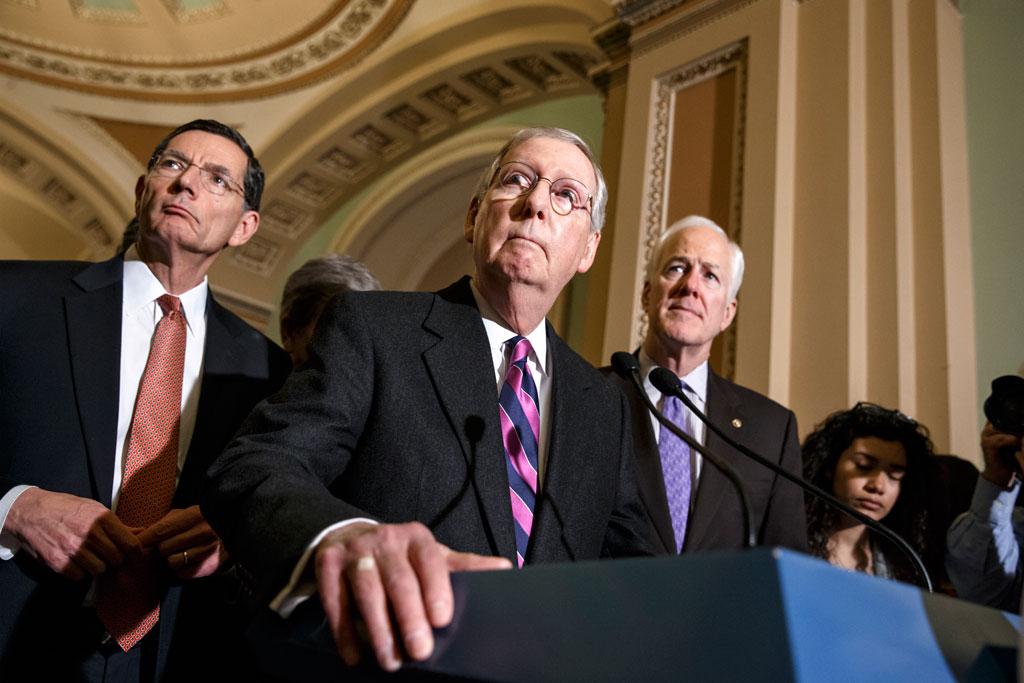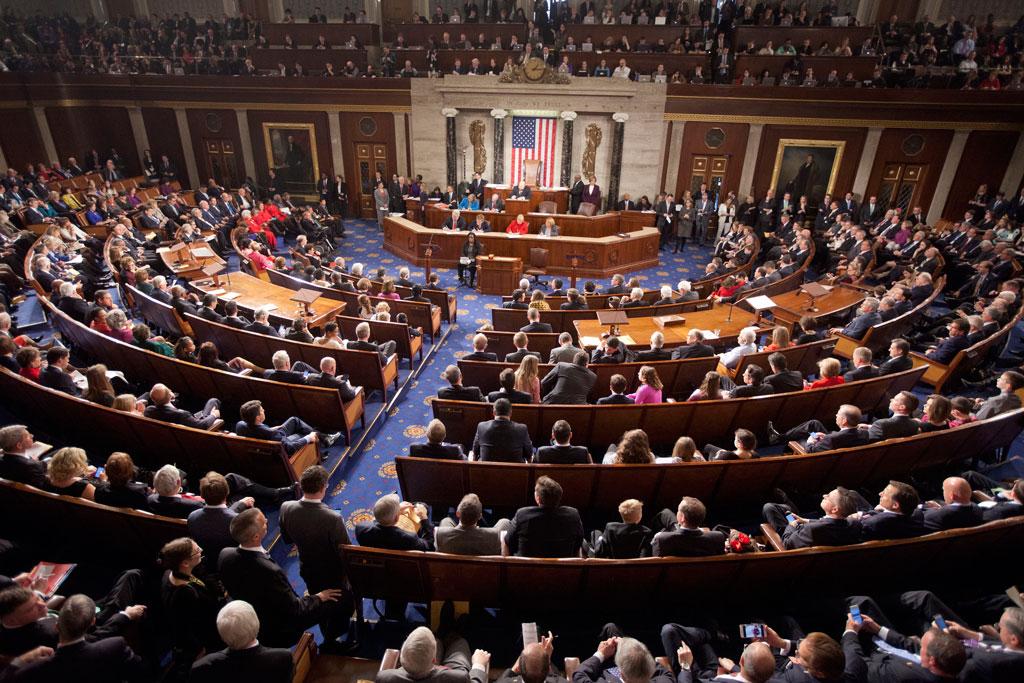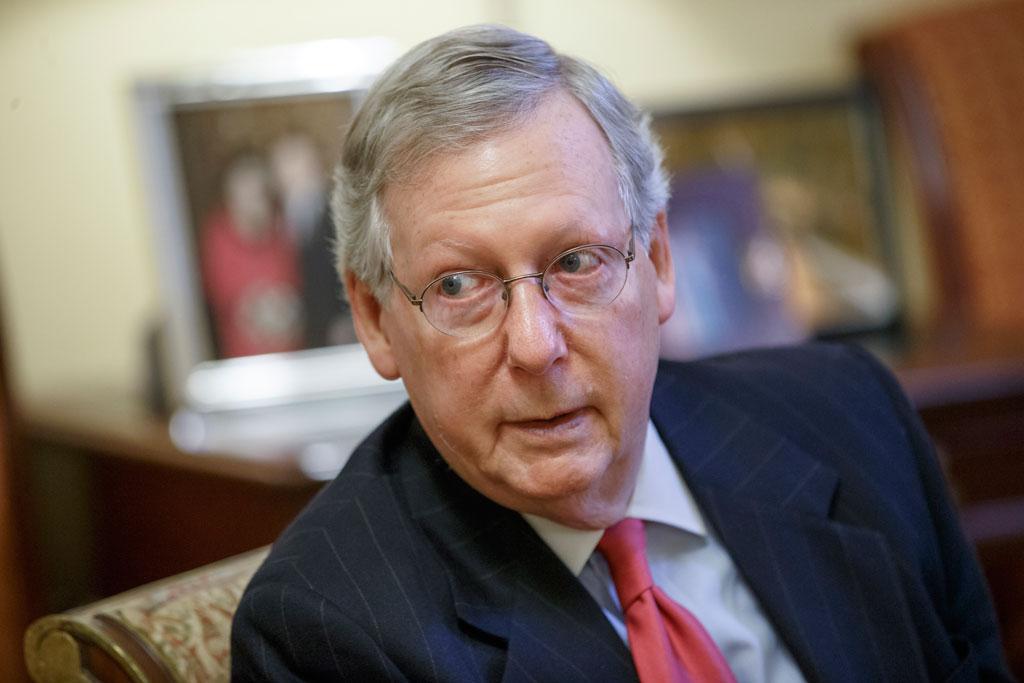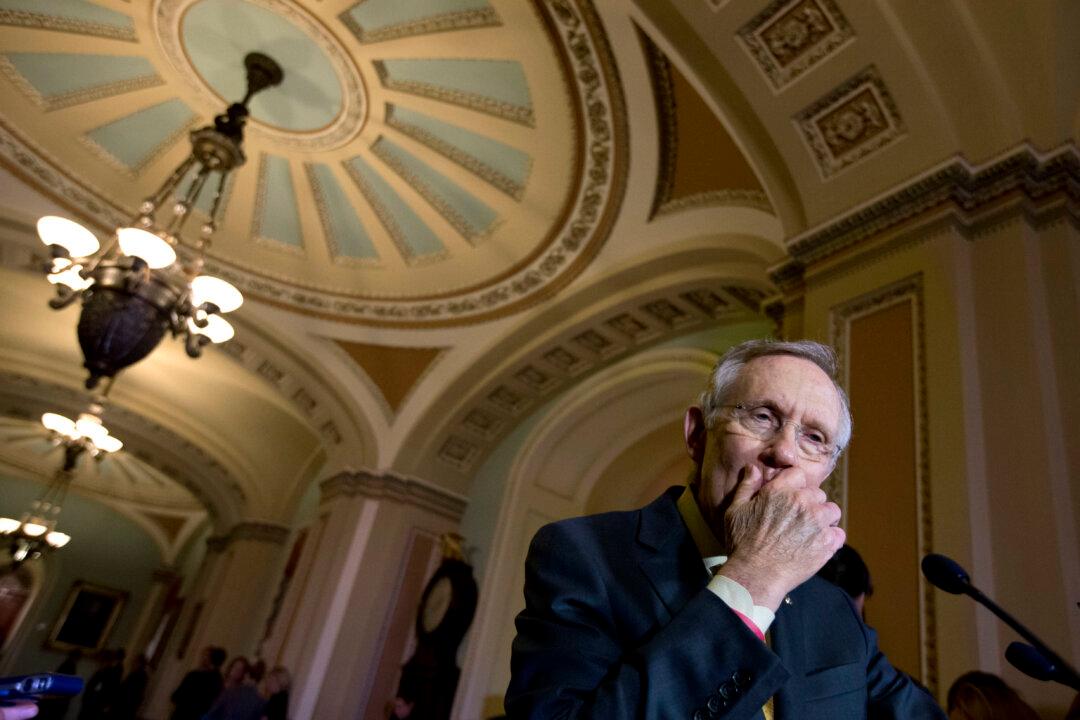WASHINGTON—Republicans are waging a take-no-prisoners battle to boot Democrats from what they consider GOP property: seats from House districts that presidential nominee Mitt Romney carried in 2012.
Yet even with President Barack Obama’s broad unpopularity clamping a lead weight to the ankles of many of his party’s candidates, most of these contests are either tossups or races that Democrats have a decent chance of winning on Election Day.
Democrats hold nine Romney-won House congressional districts, dotting the country from Florida’s Atlantic Ocean beaches to rural Minnesota to Arizona’s border with Mexico. So far, two races seem decided: The retirements of long-time Democratic incumbents Mike McIntyre of North Carolina and Jim Matheson of Utah all but ensure GOP victories in the Nov. 4 voting.
“That is a terrific opportunity,” GOP pollster David Winston said of the Democratic-held Romney districts. “But I want to emphasize, that’s an opportunity, not an outcome.”
The nine seats are prime targets for Republicans as they try to pad their 233-199 House majority, which excludes three vacancies.
They and their allies’ ads often focus on linking these Democrats to Obama and his 2010 health care law. Obama got a dreary 43 percent approval rating in last month’s Associated Press-GfK poll.
For Democrats, the Romney districts represent a crucial line of defense against further erosion of their minority status. These lawmakers, ranging from three freshmen to 19-term veteran Rep. Nick Rahall, D-W.Va., are fighting back with the advantages of incumbency, attempts to change the subject away from Obama and sometimes a financial edge.
“Candidates are able to localize their races,” said Democratic pollster David Beattie. While dissatisfaction with Washington is widespread, “they’re the ones delivering locally,” he said.
Underscoring the centrist tilt of the nine Democrats from Romney districts, six — including the two retirees — have been endorsed by the conservative National Rifle Association.
One measure of the races’ significance is the boatload of cash being dumped into them.
Four of these contests — two in Arizona, one in Minnesota and Rahall’s race against GOP challenger Evan Jenkins — are among the costliest seven House general elections in outside groups’ reported spending, according to data Friday from the nonpartisan Center for Responsive Politics. The Arizona contests had seen more than $7 million in spending apiece by parties, ideological organizations and other outside groups — more than any other races in the country.
Underscoring party priorities, five of the 10 races the National Republican Congressional Committee had spent most on were from these Romney districts, says the center, which monitors political spending. Atop the House GOP campaign arm’s list: $3.1 million to try prying Democrat Rep. Ann Kirkpatrick from her sprawling district in northern and eastern Arizona.
The Democratic Congressional Campaign Committee, House Democrats’ political operation, counts three of these districts in its 10 most expensive. That’s led by $2.2 million to help Rep. Collin Peterson, D-Minn., fend off Republican Torrey Westrom.
Peterson, seeking his 13th House term, illustrates one way Democrats in Romney-won districts are staying competitive.
Romney carried Peterson’s agrarian district, which covers the western third of the state, by 10 percentage points two years ago — even as Peterson trounced his GOP opponent by 25 points.
This time, he’s opposed by Westrom, a state senator. A Westrom TV spot highlights the childhood accident that cost him his vision but says he “never lost sight” of Minnesota values of hard work and frugality.
Harder hitting are NRCC ads highlighting Peterson’s votes for Obama’s health care law and congressional travel to places like Las Vegas. The ads say Peterson has drifted “too far from home.”
Yet Peterson’s status as top Democrat on the House Agriculture Committee, his generally moderate voting record and familiarity with constituents has made him a slight favorite for re-election.
“A less well-known Democrat would have a terrible time perhaps in carrying this district,” said Barbara Headrick, a political science professor at Minnesota State University-Moorhead. “He’s never been associated locally with the national Democratic Party.”
Kirkpatrick faces a tougher challenge seeking a third term against Andy Tobin, the Arizona state House speaker, though Romney carried her district by just 2 percentage points.
One NRCC ad shows footage of Islamic State fighters and asserts that the radicals plan to sneak from Mexico into Arizona — a claim administration officials call unfounded. The ad cites Kirkpatrick’s opposition to some border legislation and says, “Kirkpatrick votes against protecting Arizona.”
Other spots by GOP and conservative groups juxtapose photos of Kirkpatrick and Obama and cite her support for administration priorities.
“Can’t she see Obamacare is hurting Arizona families?” said a Hispanic-looking woman in one ad by the Libre Initiative, a conservative group backed by the wealthy Koch brothers that’s trying to attract Hispanic support.
Kirkpatrick has distanced herself from Washington with one ad calling the scandal over poor veterans’ health care “another example of Washington bureaucracy failing Arizona.” Another emphasizes her local roots, showing her stomping the ground with her boots at the mention of proposals she opposed like pay raises for Congress.
In a district where many Democrats are conservative, the ads attacking Kirkpatrick could prove effective, said Arizona State University political scientist Ruth Jones.
“This state does not like Obama,” Jones said.
From The Associated Press
